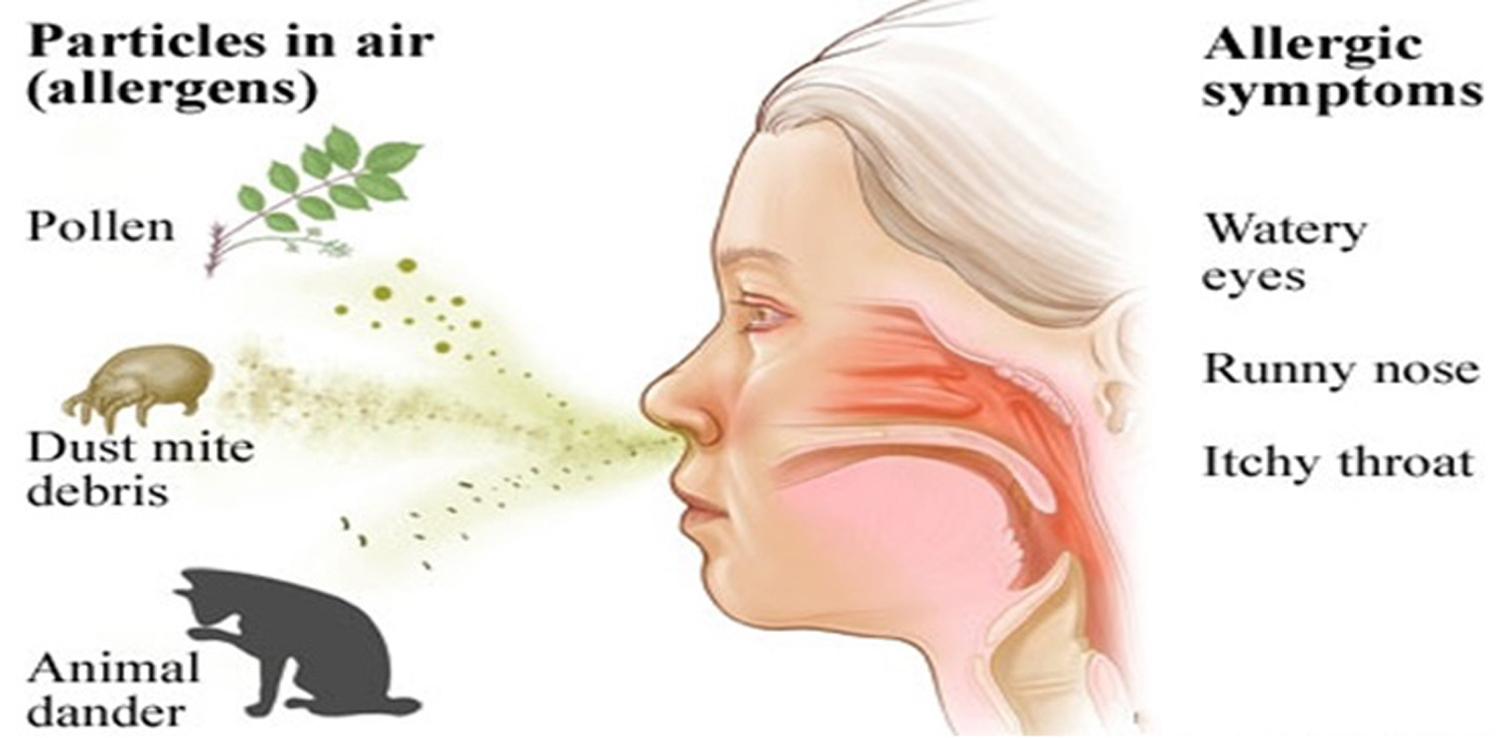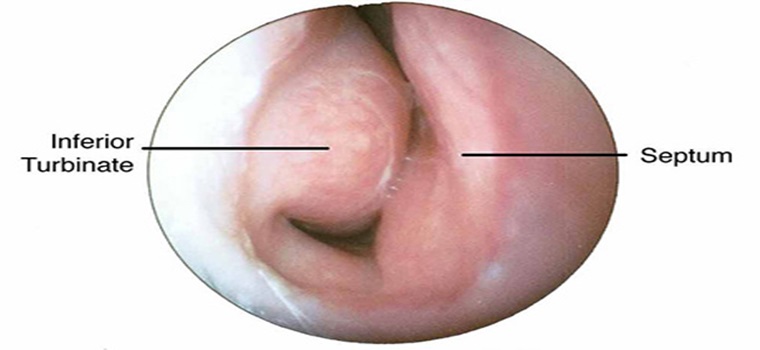Nasal Obstruction

Causes of upper airway obstruction include foreign body aspiration, blunt laryngotracheal trauma, penetrating laryngotracheal trauma, tonsillar hypertrophy, paralysis of the vocal cord or vocal fold, acute laryngotracheitis such as viral croup, bacterial tracheitis, epiglottitis, peritonsillar abscess, pertussis, retropharyngeal abscess, spasmodic croup. In basic and advanced life support airway obstructions are often referred to as A-problems. Management of airways relies on both minimal-invasive and invasive techniques. Lower airway obstruction is mainly caused by increased resistance in the bronchioles (usually from a decreased radius of the bronchioles) that reduces the amount of air inhaled in each breath and the oxygen that reaches the pulmonary arteries. It is different from airway restriction (which prevents air from diffusing into the pulmonary arteries because of some kind of blockage in the lungs). Diseases that cause lower airway obstruction are termed obstructive lung diseases.

Nasal Allergy
In nasal allergy, the inflammation of the mucous membrane is caused by viruses, bacteria, irritants or allergens. The most common kind of rhinitis is allergic rhinitis,which is usually triggered by airborne allergens such as pollen and dander. Allergic rhinitis may cause additional symptoms, such as sneezing and nasal itching, coughing, headache,fatigue, malaise, and cognitive impairment.The allergens may also affect the eyes, causing watery, reddened, or itchy eyes and puffiness around the eyes.[7] The inflammation results in the generation of large amounts of mucus, commonly producing a runny nose, as well as a stuffy nose and post-nasal drip.

Sinusitis
Sinusitis, also known as a sinus infection or rhinosinusitis, is inflammation of the sinuses resulting in symptoms. Common signs and symptoms include thick nasal mucus, a plugged nose, and pain in the face. Other signs and symptoms may include fever, headaches, poor sense of smell, sore throat, and cough. The cough is often worse at night. Serious complications are rare. It is defined as acute rhinosinusitis (ARS) if it lasts less than 4 weeks, and as chronic rhinosinusitis (CRS) if it lasts for more than 12 weeks.

Nasal Polyp
Nasal polyps (NP) are noncancerous growths within the nose or sinuses. Symptoms include trouble breathing through the nose, loss of smell, decreased taste, post nasal drip, and a runny nose. The growths are sac-like, movable, and nontender. They typically occur in both nostrils in those who are affected. Face pain may occasionally occur. Complications may include sinusitis. The exact cause is unclear. They occur more commonly among people who have allergies, cystic fibrosis, aspirin sensitivity, or certain infections. They are overgrowths of the mucous membranes. Diagnosis may occur by looking up the nose and a CT scan may be used to help plan treatment.

Nasal Bleeding
Nosebleed, also known as a epistaxis, is the common occurrence of bleeding from the nose. It is usually noticed when the blood drains out through the nostrils. There are two types: anterior (the most common), and posterior (less common, more likely to require medical attention). Sometimes in more severe cases, the blood can come up the nasolacrimal duct and out from the eye. Fresh blood and clotted blood can also flow down into the stomach and cause nausea and vomiting.

Smell Problem
Smell Problem is the inability to perceive odor or a lack of functioning olfaction—the loss of the sense of smell. Anosmia may be temporary, but some anosmia (including traumatic anosmia) can be permanent. Anosmia is due to a number of factors, including an inflammation of the nasal mucosa, blockage of nasal passages or a destruction of one temporal lobe. Inflammation is due to chronic mucosa changes in the paranasal sinus lining and the middle and superior turbinates.